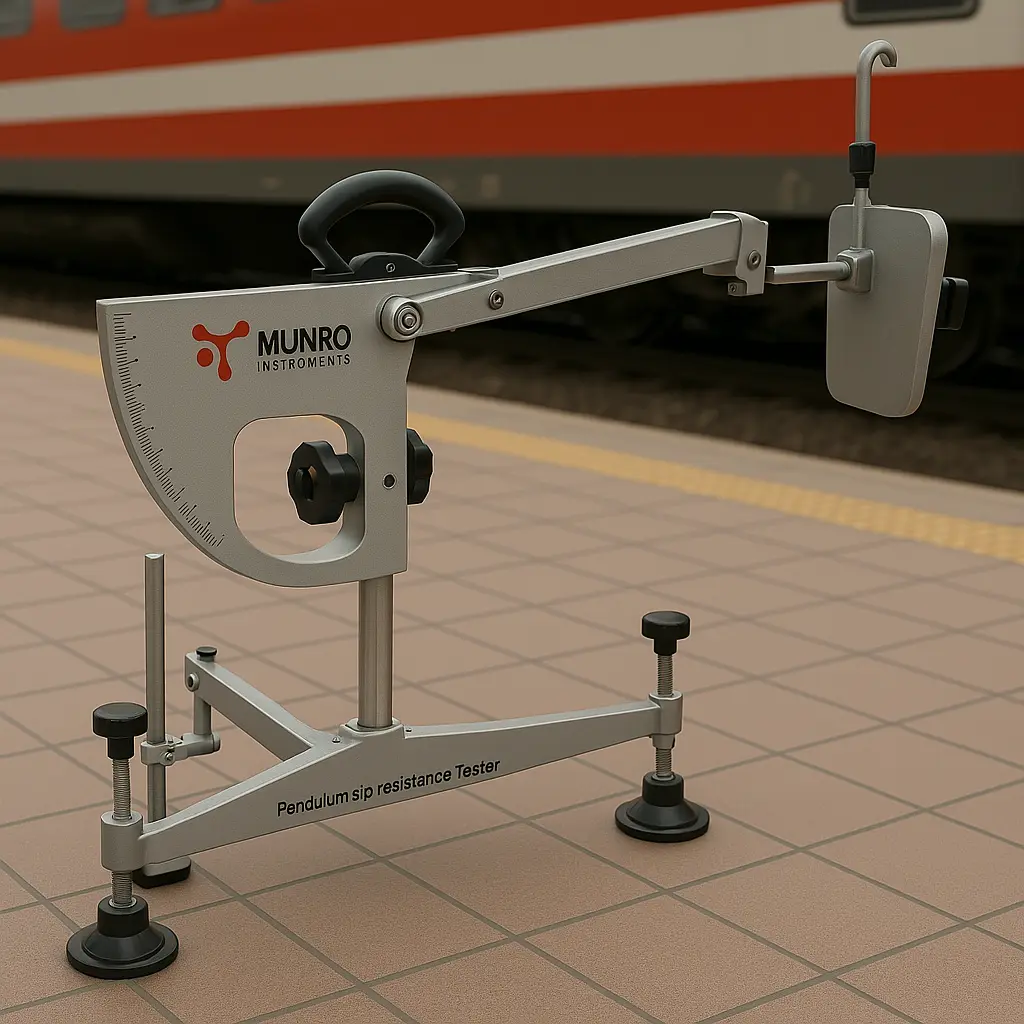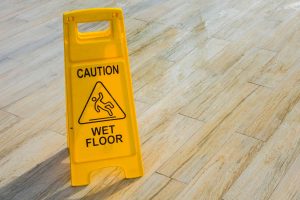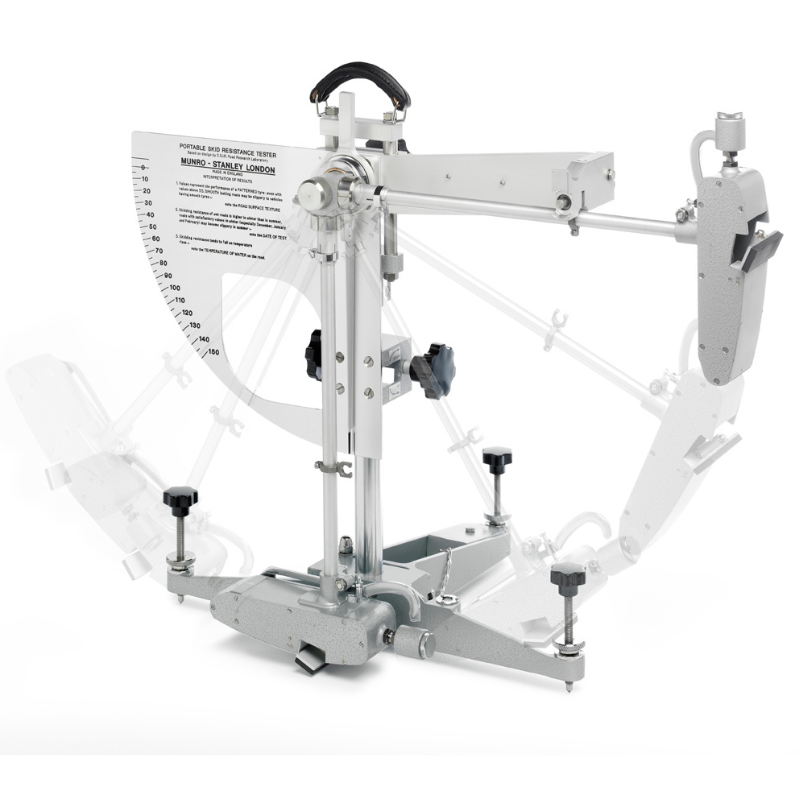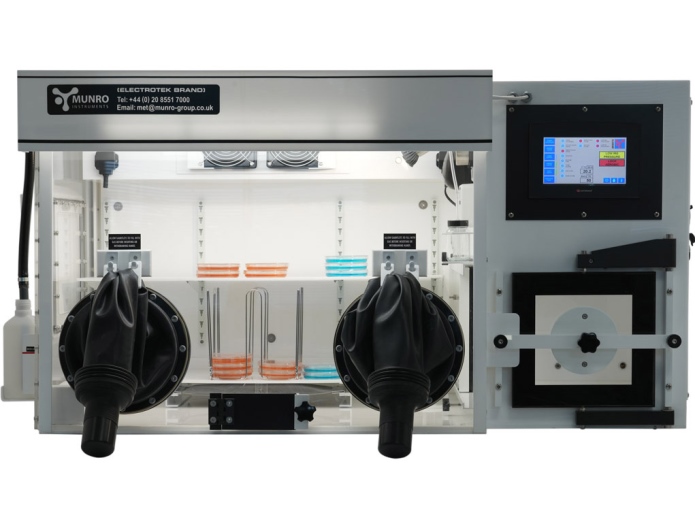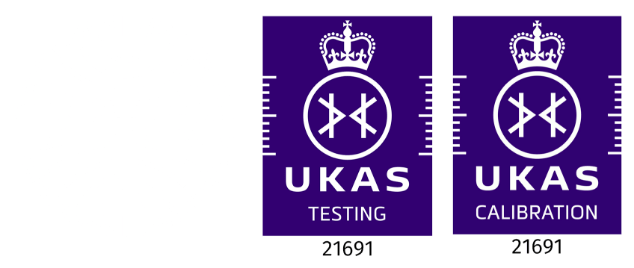Slip accidents are one of the most common causes of workplace injuries across the United Kingdom. From supermarkets and schools to factories and hospitals, maintaining anti-slip flooring isn’t just about safety—it’s a legal obligation. The UK has a structured framework of standards that ensures public and employee safety through reliable testing, certification, and maintenance.
Why Floor Safety Matters
Each year, slips and trips account for over one-third of all major workplace injuries reported to the HSE (Health and Safety Executive). These incidents result in lost workdays, compensation claims, and severe physical harm. Beyond the workplace, slip accidents affect public spaces such as shopping malls, airports, and care facilities, emphasizing the need for proactive floor safety management.
What Are Anti-Slip Floor Standards?
Anti-slip standards define the minimum slip resistance levels required for different environments. Their purpose is to reduce the likelihood of accidents, ensure compliance with safety laws, and guide designers and facility owners in selecting appropriate flooring materials.
The Legal Framework in the UK
The Health and Safety at Work Act 1974 forms the cornerstone of safety legislation, requiring employers to provide a safe working environment. Complementing it, the Workplace (Health, Safety and Welfare) Regulations 1992 specifically state that floors must be suitable, in good condition, and free from hazards like slipping.
The Equality Act 2010 also ties into floor safety, ensuring that accessibility standards protect individuals with mobility challenges.
Key Testing Methods for Slip Resistance
Testing methods help determine whether a floor surface meets safety criteria. The UK primarily uses dynamic testing methods, which simulate real human movement. Two key systems dominate the field:
- The Pendulum Test (BS 7976-2)
- The SlipAlert and DCOF (Dynamic Coefficient of Friction) tests
These tests measure how surfaces behave when wet or dry, offering quantifiable safety data.
The Pendulum Test (BS 7976-2)
The Pendulum Slip Resistance Test is the official and most widely recognized method in the UK, endorsed by both the HSE and UKSRG.
How It Works:
A rubber slider mounted on a pendulum arm swings across the floor surface. The energy lost due to friction between the slider and floor determines the Pendulum Test Value (PTV).
PTV Interpretation:
- 0–24: High slip potential
- 25–35: Moderate slip potential
- 36+: Low slip potential
A result of 36 PTV or higher is typically considered safe for pedestrians in most environments.
SlipAlert and DCOF Tests
While the Pendulum Test is the standard for legal compliance, SlipAlert and DCOF methods are faster alternatives for routine monitoring. SlipAlert mimics the sliding motion of a human heel and gives a quick, portable reading that correlates with the Pendulum Test. DCOF measures the friction between two surfaces under motion, commonly used in tile certification and international comparisons.
UKSRG Guidelines
The United Kingdom Slip Resistance Group (UKSRG) provides best-practice guidance for testing procedures. It ensures uniformity in how slip resistance is measured, particularly concerning slider materials, surface preparation, and test conditions (e.g., wet vs. dry). Their publications are essential for anyone involved in compliance or safety auditing.
PTV Scale and Slip Risk Classification
Understanding how to interpret PTV results is crucial.
- High risk (PTV < 25): Surfaces need immediate remediation.
- Moderate risk (PTV 25–35): Manageable with cleaning and signage.
- Low risk (PTV ≥ 36): Meets compliance for most conditions.
Environmental factors—like contaminants, footwear, and incline—can affect results, making routine testing vital.
Surface Types and Test Variations
Different flooring materials exhibit varying slip characteristics.
- Ceramic tiles: Common in bathrooms and kitchens—must be tested when wet.
- Vinyl flooring: Widely used in hospitals—requires continuous verification.
- Wood and laminate: Need protection from polish buildup.
Outdoor surfaces (e.g., pavements, ramps) are tested under wet conditions to replicate realistic risks.
Maintenance and Cleaning Impacts
Even the most slip-resistant floor can become hazardous through poor maintenance. Incorrect detergents or wax coatings can reduce friction. Regular cleaning schedules and post-clean PTV testing help ensure ongoing compliance.
Design and Construction Responsibilities
Architects and contractors must ensure that flooring materials meet BS 7976-2 standards during design and installation. They should specify test results in tender documents and request independent verification certificates before project handover.
Workplace and Public Area Compliance
Employers and facility managers carry the duty of maintaining safe floors. Regular slip audits, especially in high-traffic zones, help identify emerging risks. Documentation is crucial—every test result, cleaning routine, and inspection should be recorded for legal protection.
Role of Equipment Manufacturers
Accurate results depend on the quality of test instruments.
Munro Instruments, a leading UK manufacturer, produces the Pendulum Slip Resistance Tester used globally for BS 7976-2 compliance. Their devices are known for precision, durability, and full calibration support—essential for reliable floor-safety testing.
Practical Steps to Ensure Compliance
- Conduct regular pendulum tests.
- Keep cleaning logs and surface maintenance records.
- Specify slip-resistant flooring at design stage.
- Train staff to identify and mitigate hazards.
- Use certified equipment from trusted suppliers like Munro Instruments.
Consequences of Non-Compliance
Failing to meet UK anti-slip standards can result in:
- Prosecution under HSWA 1974
- Insurance claim denials
- Injury compensation costs
- Reputational damage
Real-world cases have shown that simple negligence, such as failing to retest after refurbishment, can cost businesses tens of thousands of pounds.
Future of Anti-Slip Standards
As sustainability and smart buildings evolve, new materials and surface coatings demand updated testing methods. Emerging technologies like AI-driven surface sensors and IoT-based monitoring systems may soon revolutionize slip prevention. The UK is also participating in international efforts to harmonize testing with global standards such as ASTM E303 and EN 16165

